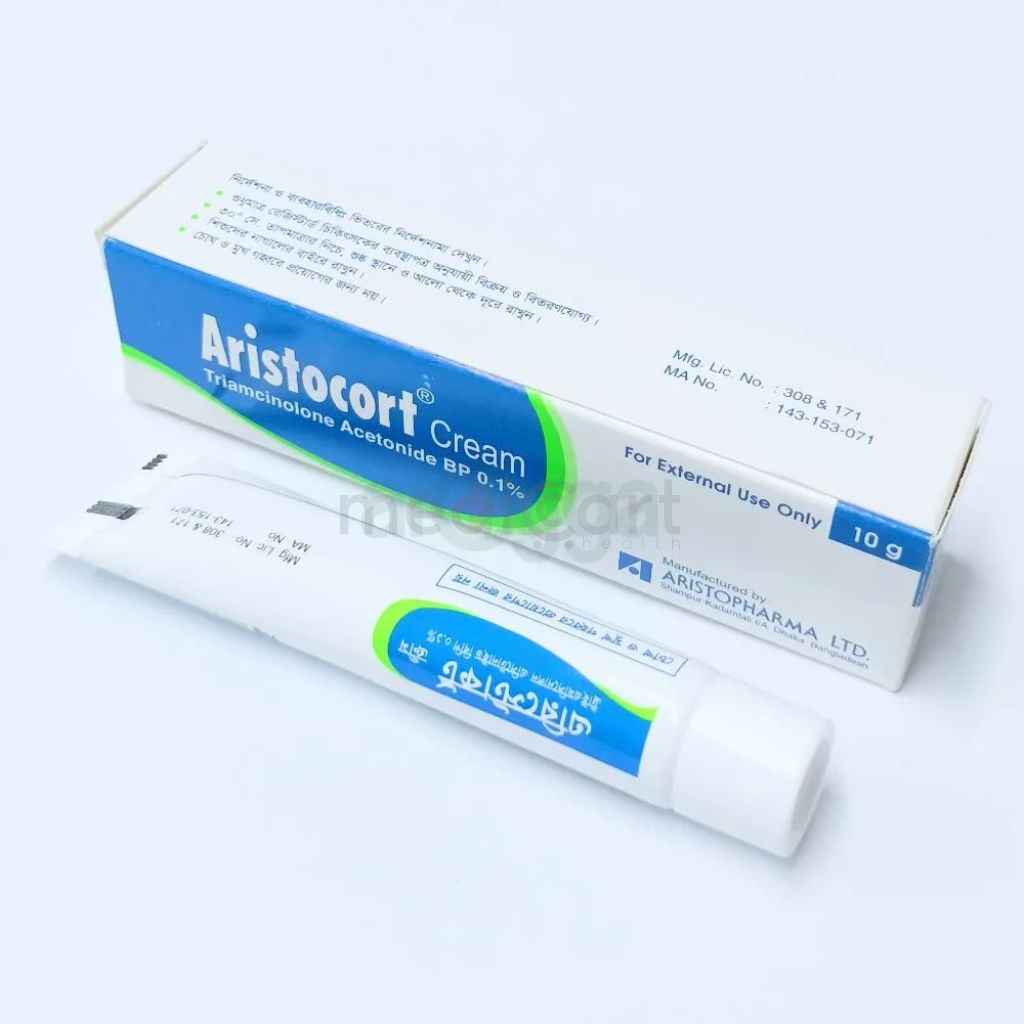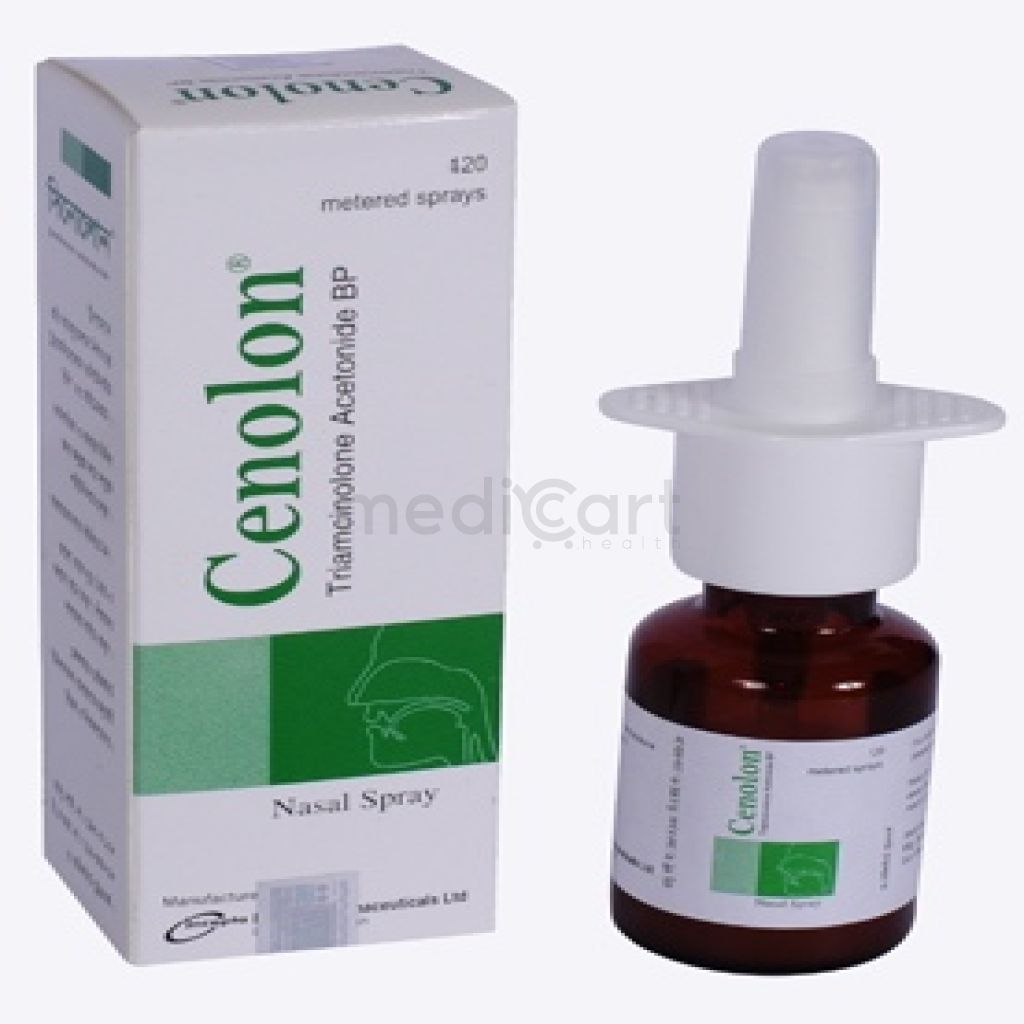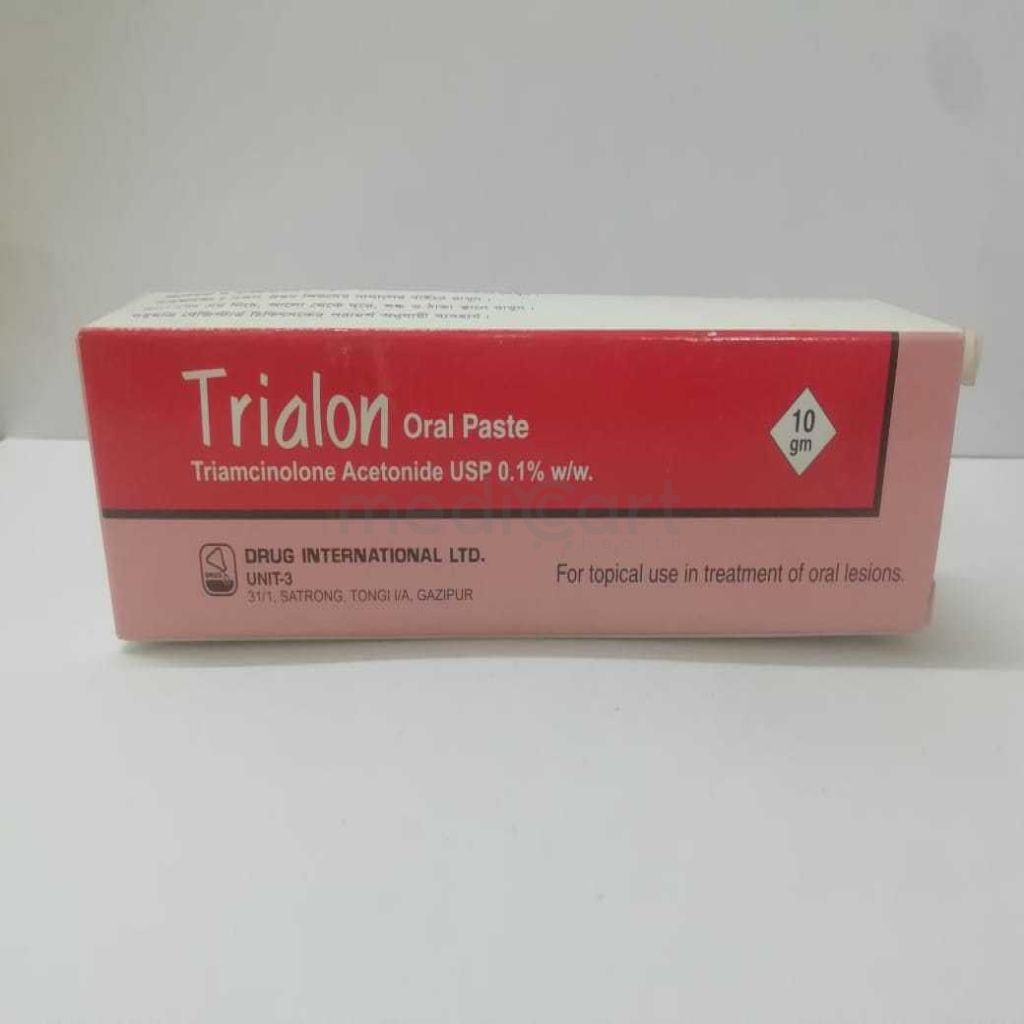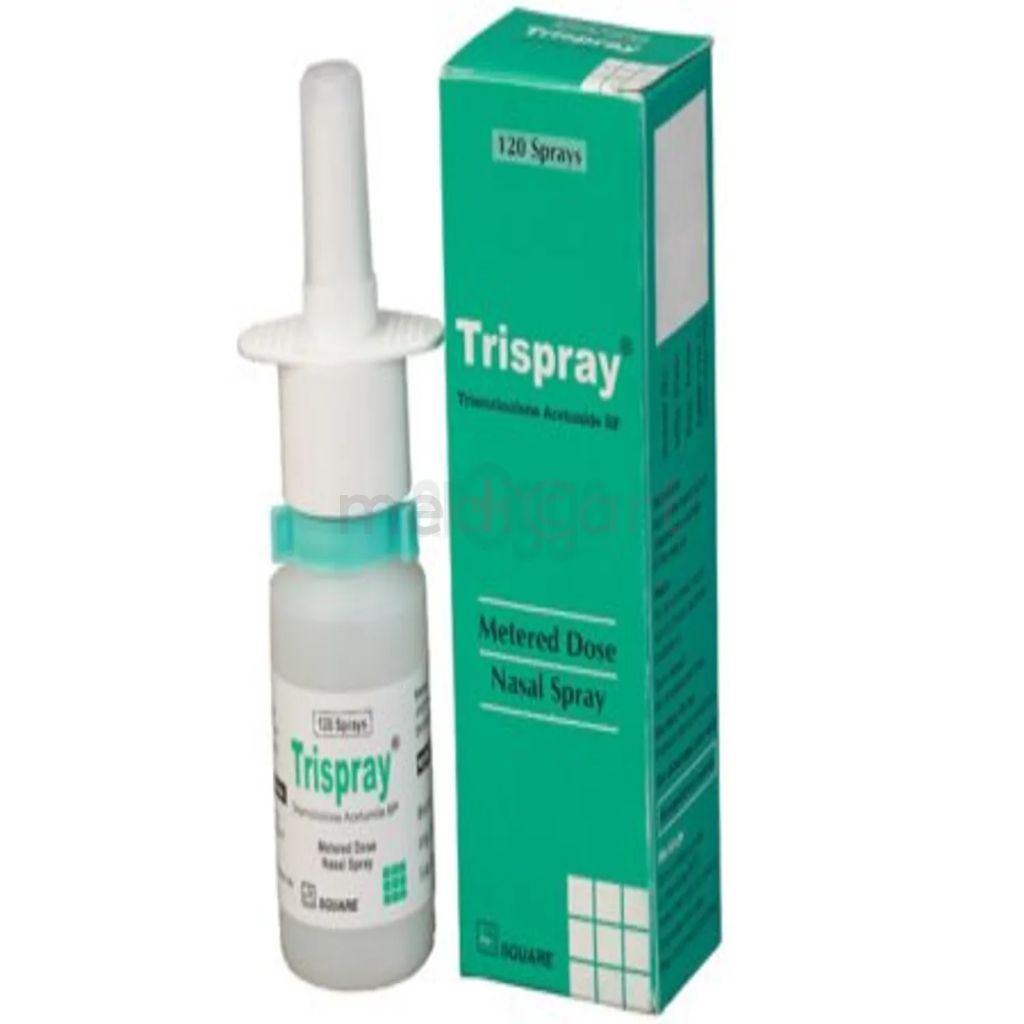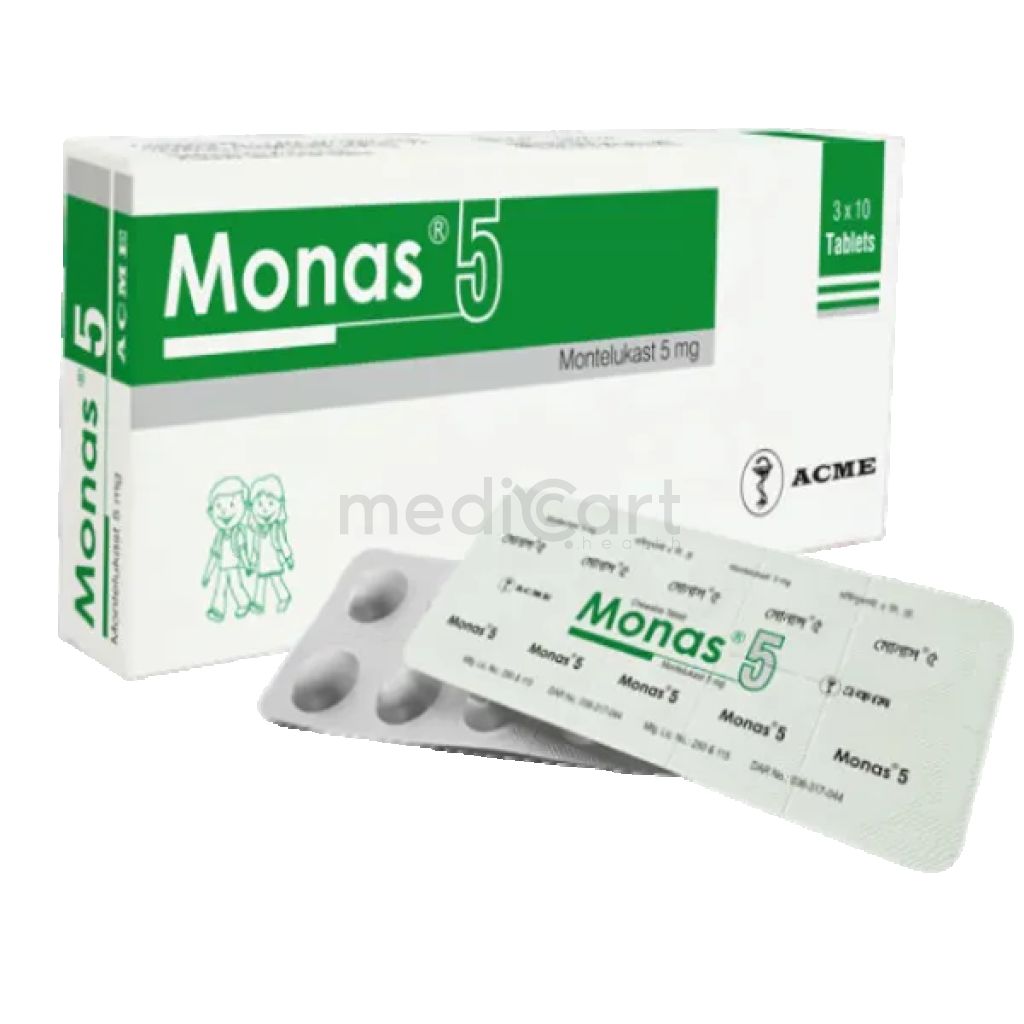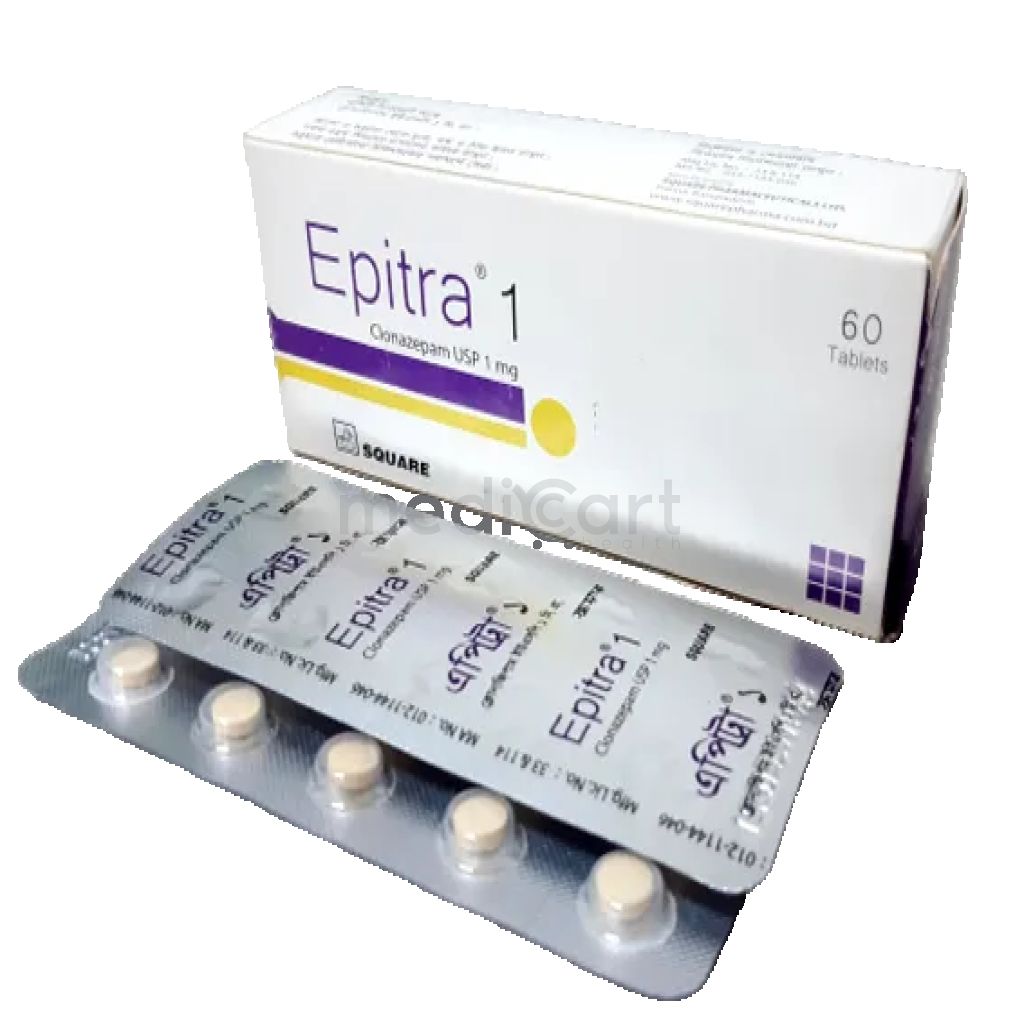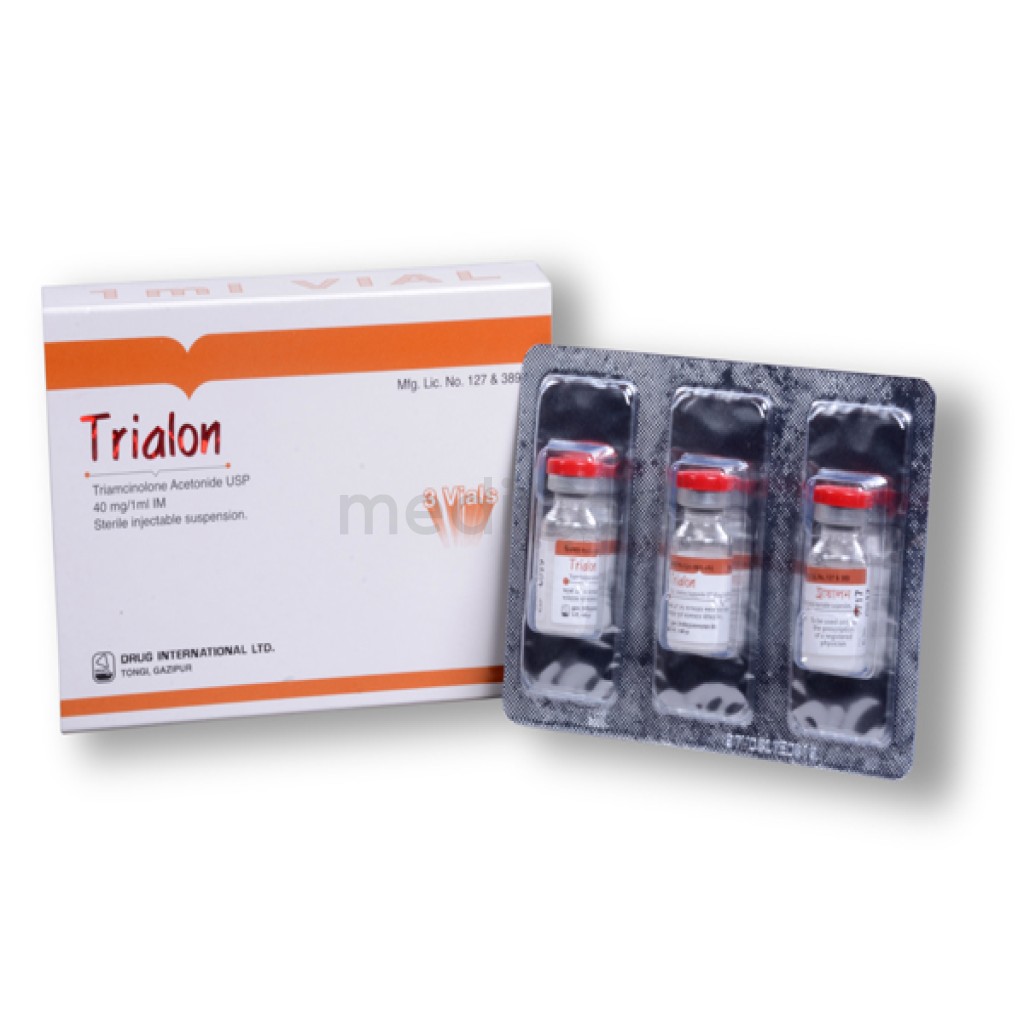

Trialon - 40/1 ml
Injection
Pack Size :
1 Bottle x 1 Packet
Generics :
Triamcinolone Acetonide
Manufacturer :
Drug International Ltd.
Best Price *
TK
75.00
* Delivery will be done in Dhaka city only.
More Information About - Trialon - 40/1 ml
Description
Generic Name
Triamcinolone AcetonidePrecaution
Diabetes; hypertension, renal and liver impairment; glaucoma; psychosis; delayed tissue healing; cirrhosis; heart failure; recent MI; hypothyroidism; osteoporosis; peptic ulceration; thromboembolic disorders. Monitor height in children on prolonged therapy. Avoid rapid drug withdrawal. Elderly, children, pregnancy, lactation. Lactation: Excreted in breast milk; use cautionIndication
Allergic and inflammatory responses, Inflammatory joint disease, Inflammatory skin conditionsContra Indication
Triamcinolone Acetonide is contraindicated in patients with a sensitivity to the active or inactive ingredients. Untreated systemic fungal, bacterial, viral or parasitic infection, hypersensitivity. Neonates (Parenteral)Dose
N/ASide Effect
HPA axis supression, intracranial hypertension, Cushing's syndrome, growth retardation in children; osteoporosis, fractures. Peptic ulceration; glaucoma; hyperglycaemia; GI upsets; increased appetite; increased fragility of skin; behavioural changes. Potentially Fatal: Acute adrenal insufficiency may be precipitated by infection or trauma in patients on long-term corticosteroid therapy or rapid withdrawal.Pregnancy Category
Name : Not Classified
Description
FDA has not yet classified the drug into a specified pregnancy category.Mode of Action
Triamcinolone has mainly glucocorticoid activity. It suppresses the migration of polymorphonuclear leukocytes and reduces capillary permeability thereby decreasing inflammation.Interaction
Lowering of plasma salicylates levels. Increased risk of GI bleeding and ulceration with NSAIDs. Antagonised blood glucose-lowering effects of the antidiabetics. Increased risk of hyperkalaemia with amphotericin B, beta agonists, beta-blockers, potassium-depleting diuretics, theophylline. Increased clearance of the triamcinolone with ciclosporin, carbamazepine, phenytoin, barbiturate, rifampicin. Infections may develop if given with live vaccines.Pregnancy Category Note
Pregnancy There are no data regarding the use of triamcinolone acetonide in pregnant women to inform a drug associated risk of adverse developmental outcomes In animal reproductive studies from published literature, pregnant mice, rats, rabbits, or primates administered triamcinolone acetonide during organogenesis period at doses that produced exposures less than the maximum recommended human dose (MRHD) caused resorptions, decreased fetal body weight, craniofacial and/or other abnormalities such as omphalocele Corticosteroids may result in menstrual pattern irregularities (eg, deviations in timing, duration of menses, increased/decreased blood loss) Lactaction There are no available data on the presence of triamcinolone acetonide in either human or animal milk, the effects on the breastfed infant, or the effects on milk production Corticosteroids have been detected in human milk and may suppress milk production Caution should be exercised when corticosteroids are administered to a nursing womanAdult Dose
Intramuscular Suppression of allergic and inflammatory disorders Adult: As acetonide: 20-80 mg via deep IM into gluteal muscles. Symptomatic control for hay fever Adult: As acetonide: 40-100 mg via deep IM into gluteal muscles. Rheumatic or arthritic disorders Adult: 60 mg IM every 6 weeks; may be supplemented by additional 20-100 mg IM PRN Intra-articular Inflammatory joint diseases Adult: As acetonide: Smaller joints: 2.5-5 mg (up to 10 mg), larger joints: 5-15 mg (up to 40 mg). Max: 20-80 mg/treatment. Intradermal Inflammatory skin conditions Adult: As acetonide: 1-3 mg/site. Max: 30 mg in total if several sites of inj used. Max: 12.5 mg/inj site. Max: 25 mg/lesion.Child Dose
Intramuscular Suppression of allergic and inflammatory disorders Child: As acetonide: deep IM into gluteal muscle: initial 0.11 to 1.6 mg/kg/day in 3-4 divided doses. Do not use in premature infants and infants of low birth weight as it contains benzyl alcohol. Child: 6-12 years: 0.03-0.2 mg/kg IM every 1-7 days >12 years: 60 mg IM every 6 weeks; may be supplemented by additional 20-100 mg IM PRN >12 years, intralesional injection (10 mg/mL suspension): 1 mg per injection site 1 or more times weekly; not to exceed 30 mg/day Symptomatic control for hay fever Child: As acetonide: deep IM into gluteal muscle: initial 0.11 to 1.6 mg/kg/day in 3-4 divided doses. Do not use in premature infants and infants of low birth weight as it contains benzyl alcohol.Renal Dose
N/AAdministration
Dilute with local anesthetic (1% or 2% lidocaine without parabens) before intra-articular or intralesional injection Dilute with D5/NS or D10/NS or NS or SWI before intralesional injectionDisclaimer
The information provided herein are for informational purposes only and not intended to be a substitute for professional medical advice, diagnosis, or treatment. Please note that this information should not be treated as a replacement for physical medical consultation or advice. Great effort has been placed to provide accurate and comprehensive data. However, Medicart along with its authors and editors make no representations or warranties and specifically disclaim all liability for any medical information provided on the site. The absence of any information and/or warning to any drug shall not be considered and assumed as an implied assurance of the Company.

